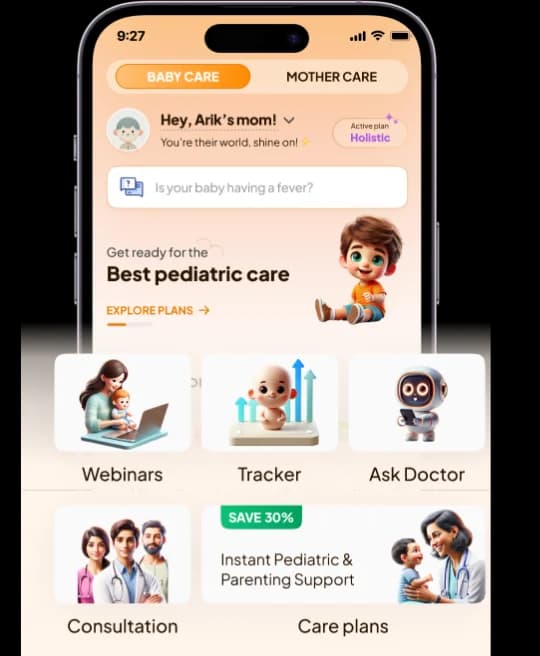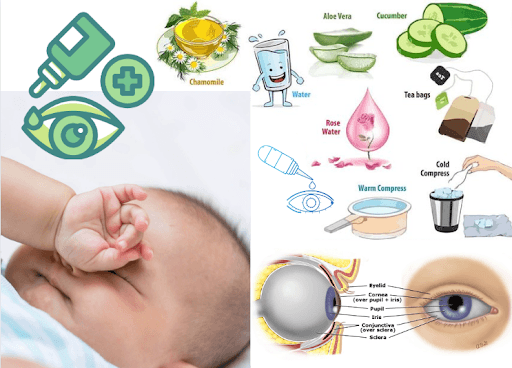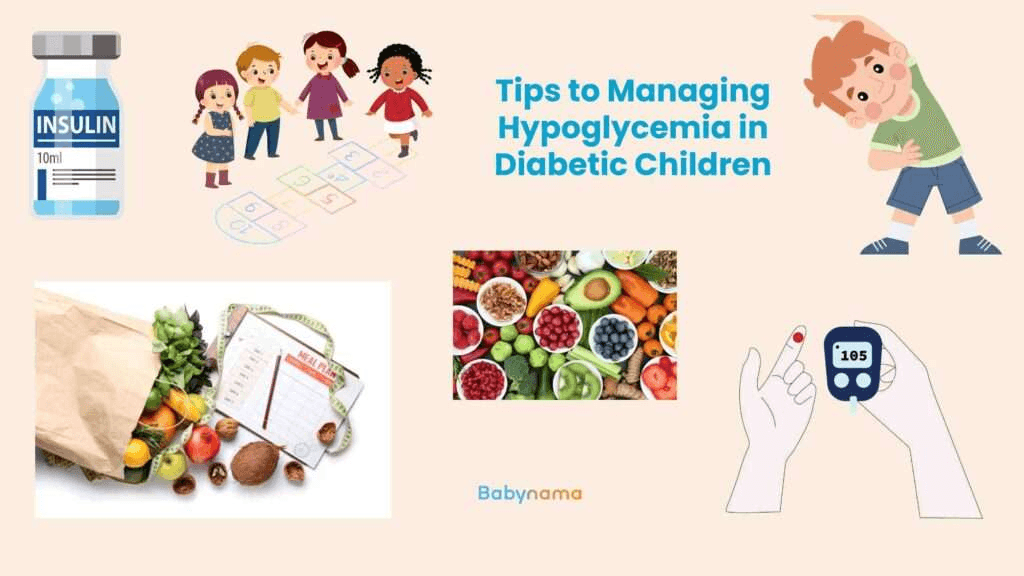
It's not uncommon for parents to notice milk coming out of their infant's nose during or after feeding. This phenomenon, known as nasal regurgitation, can be concerning but is usually harmless. Understanding the causes and remedies can help ease worries.
Possible Causes
Immature Esophageal Muscles: In newborns, the muscles controlling the esophagus are still developing. This immaturity can cause milk to flow back up into the nasal passages.
Overfeeding or Fast Feeding: If an infant is fed too quickly or in large amounts, the excess milk may not be swallowed properly, leading to nasal regurgitation.
Lying Flat While Feeding: Feeding an infant while they are lying flat can cause milk to pool in the back of the throat, increasing the likelihood of it coming out of the nose.

Remedies
Feed in an Upright Position: Hold your baby in an upright position while feeding to help gravity guide the milk down to the stomach.
Slow Down Feeding: If bottle-feeding, use a slow-flow nipple to regulate the milk flow. If breastfeeding, take breaks to allow your baby to swallow properly.
Burp Frequently: Burp your baby after every few minutes during feeding to release any trapped air, which can contribute to regurgitation.
Monitor Feeding Amounts: Ensure your baby is not being overfed by feeding smaller amounts more frequently.
Keep Baby Upright Post-Feeding: After feeding, keep your baby upright for 20-30 minutes to allow the milk to settle in the stomach.

When to Seek Medical Attention
While nasal regurgitation is usually normal, consult a pediatrician if it happens frequently, is accompanied by coughing, choking, or if your baby shows signs of discomfort or poor weight gain.





